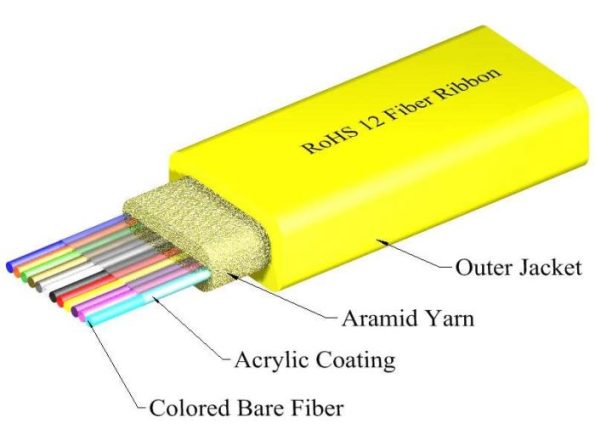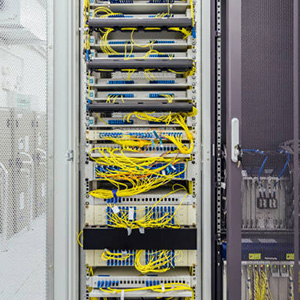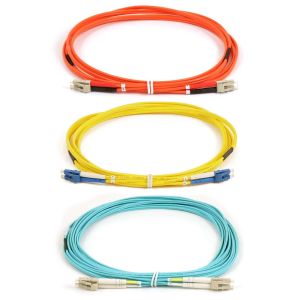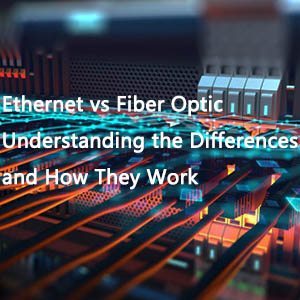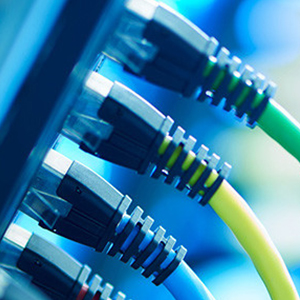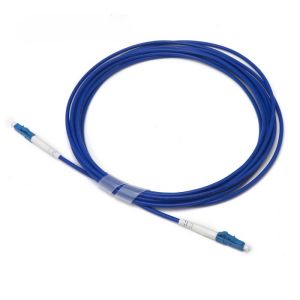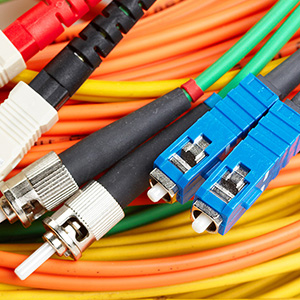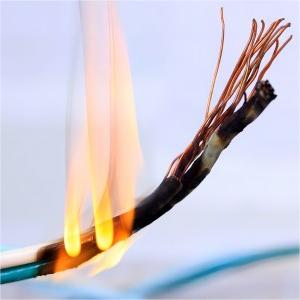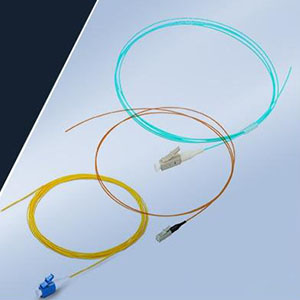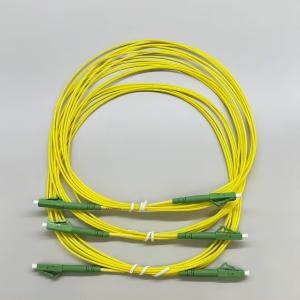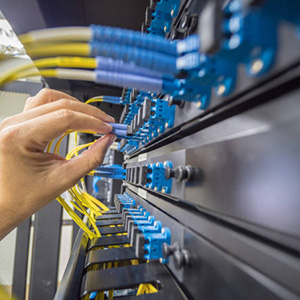At FiberLife, we recognize the surging demand for faster, more efficient data transmission across various industries, from massive data centers to expansive telecommunications networks. As experts in fiber optics, we specialize in delivering high-density, high-performance solutions. One of our most innovative technologies is the ribbon fiber optic cable—a compact, powerful solution that is transforming the way organizations manage high-density connections while optimizing valuable space. In this article, we’ll delve into why ribbon fiber optic cables are a game-changer, how they can enhance your network, and how FiberLife can be your trusted partner for seamless connectivity.
Understanding Ribbon Fiber Optic Cables
A ribbon fiber optic cable is a sophisticated type of fiber optic cable where individual optical fibers are arranged in a flat, ribbon-like configuration. Unlike traditional loose-tube or tight-buffered cables, ribbon cables bundle multiple fibers together in parallel alignment. These ribbons are then stacked into layers and encased within a protective sheath, creating a high-density, space-efficient cabling solution.
Ribbon fiber optic cables are particularly popular in applications requiring large fiber counts, such as data centers, metro networks, and backbone infrastructure. Their unique design enables easier splicing and higher packing density compared to other fiber optic cable types, making them ideal for environments where space and efficiency are paramount.
Key Advantages of Ribbon Fiber Optic Cables
- High-Density Connectivity

The most significant advantage of ribbon fiber optic cables is their ability to support high-density connections. Traditional cables often require more space to accommodate a large number of fibers, but ribbon cables efficiently stack fibers in a compact form factor. This design significantly reduces the physical footprint, allowing for higher fiber counts in smaller spaces.
For instance, a single ribbon fiber optic cable can house hundreds or even thousands of optical fibers in an organized, compact arrangement. This is particularly valuable in data centers, where space is at a premium and the demand for high-speed connections continues to grow.
- Time-Efficient Splicing
Splicing is a critical component of fiber optic network installation and maintenance. Ribbon fiber optic cables streamline this process, making it much faster and more efficient. Instead of splicing individual fibers one by one, technicians can splice an entire ribbon of 12 or 24 fibers simultaneously using specialized mass fusion splicers.
This bulk splicing capability dramatically reduces installation time, labor costs, and potential errors. For large-scale projects like metro networks or backbone installations, this advantage can result in significant cost savings and faster project completion.
- Space Optimization
Ribbon fiber optic cables optimize space by packing multiple fibers into a small cross-sectional area. In environments like data centers, where every square inch matters, this compact design allows for better utilization of cable management systems such as trays, conduits, and ducts.
The space-saving nature of ribbon cables also reduces the need for frequent infrastructure upgrades, making them a future-proof solution for high-capacity networks.
- Enhanced Scalability
Ribbon fiber optic cables are ideal for networks that require future scalability. Their ability to support high fiber counts makes it easy to expand capacity without overhauling existing infrastructure. Whether it’s adding new connections in a data center or upgrading a telecommunications network, ribbon cables provide the flexibility to scale up efficiently.
- Improved Fiber Management
The organized, ribbon-like structure of these cables simplifies fiber identification, handling, and management. Each ribbon can be color-coded, making it easy for technicians to identify specific fibers during installation, splicing, or troubleshooting. This reduces the risk of errors and enhances overall network reliability.
Applications of Ribbon Fiber Optic Cables
Ribbon fiber optic cables are widely used in various industries and applications, including:
- Data Centers
The high-density connections and space optimization make ribbon cables a perfect fit for data centers. They support high-bandwidth applications and ensure efficient cable management in tight spaces.
- Telecommunications
In metro networks and backbone infrastructure, ribbon cables enable efficient, high-capacity data transmission over long distances.
- FTTx (Fiber to the X) Deployments
Ribbon cables are increasingly being used in last-mile fiber installations to bring high-speed internet to homes and businesses.
- Industrial and Military Applications
The rugged design of ribbon fiber optic cables makes them suitable for harsh environments, including industrial facilities and military networks.
Choosing the Right Fiber Optic Cable Supplier
When investing in ribbon fiber optic cables, partnering with a reliable fiber optic cable supplier is crucial. The supplier you choose will significantly impact the quality, performance, and longevity of your cabling infrastructure. Here’s what to look for in a supplier:
- Product Quality
A reputable supplier will provide high-quality ribbon fiber optic cables that meet industry standards and offer excellent performance.
- Customization Options
Depending on your specific needs, you may require custom cable configurations, fiber counts, or sheathing options. A good supplier will offer flexibility in design and manufacturing.
- Technical Support
The best suppliers provide comprehensive support, including guidance on product selection, installation, and troubleshooting.
- Reliability
Look for a supplier with a proven track record of delivering on time and maintaining consistent quality.
- Cost-Effectiveness
While quality is paramount, it’s also important to find a supplier who can provide competitive pricing without compromising performance.
Partnering with a trusted fiber optic cable supplier ensures you get the most out of your investment and enables your network to perform at its best.
Conclusion
Ribbon fiber optic cables are transforming the way we design and manage high-density networks. Their compact design, efficient splicing capabilities, and space-saving properties make them ideal for data centers, telecommunications networks, and other demanding applications. Whether you’re looking to optimize space, reduce installation time, or future-proof your infrastructure, ribbon cables are an excellent choice.
To ensure the success of your project, it’s crucial to work with a trusted fiber optic cable supplier who can provide top-quality products and expert support. With the right partner and the right cables, you can build a network that’s ready for the demands of tomorrow.

